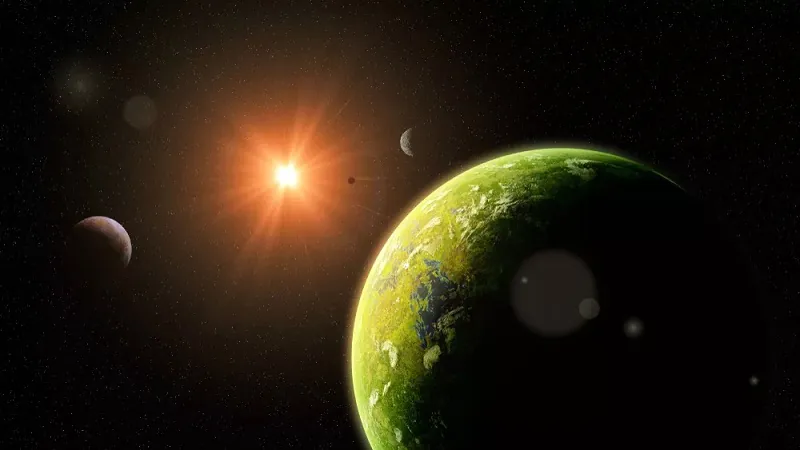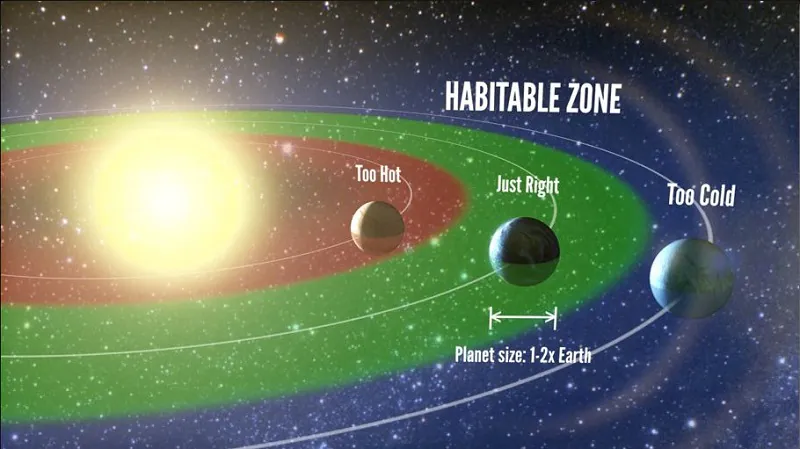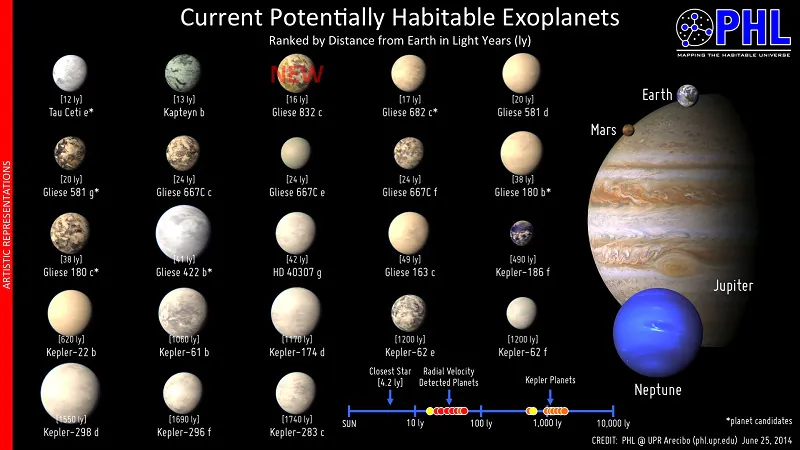© ROOT-NATION.com - Use of content is permitted with a backlink.
Whether because of overpopulation, or a simple desire to leave this planet, China has announced plans to find habitable planets among nearby stars that could somehow expand humanity’s “living space” in the Milky Way.

A project called Closeby Habitable Exoplanet Survey (CHES) will launch a space telescope with an aperture of 1.2 meters at an altitude of about 1.5 million km to a gravity-stable point between the Earth and the Sun called the Lagrange Point (that’s where NASA’s James Webb Telescope is).
According to the plan, the CHES telescope will spend five years searching for worlds among about 100 sun-shaped stars within 33 light-years from Earth. Using this data, astronomers hope to find exoplanets the size of Earth that move around their stars in orbits similar to ours.

Hoping that these potential “Earth 2.0’s” may have water and possibly even life. Chinese scientists say they hope to find about 50 exoplanets similar to Earth.
To date, 5,030 exoplanets are known, of which 3,854 have been detected using a method known as the transit method, which was first used in 1999 to detect the planet HD 209458b. The transit method works when researchers point a telescope at a galactic center and observe the control flicker of starlight that occurs when planets pass in front of their star. But the transit method can be slow, requiring several passes of the planet before scientists can confirm the discovery. In addition, this method can only determine the radius of the exoplanet (but not its mass and shape of the orbit) and requires the help of ground-based telescopes to confirm that the eclipse signals are not caused by other stellar activity.

The CHES telescope could detect exoplanets faster and in more detail, using another method called astrometry. Using this method, scientists will look for signal oscillations of stars caused by the gravitational tugs from orbiting planets. However, astrometry has caused much controversy among exoplanet hunters. So far, Chinese research institutes have conducted preliminary studies on the viability of the proposal, and there is no certainty that the project will be implemented. Decisions to fund the CHES mission are expected in June, and if selected, the team will work on a new telescope to launch in 2026.
Today, China is quite active in the space exploration race. It has landed rovers on the moon and Mars and plans to complete the construction of its own space station by the end of this year and create a working lunar base by 2029. The country’s space agency has also launched a probe to study dark matter, an X-ray telescope to study neutron stars and black holes, and a quantum communication satellite. China is also set to break its own record for space launches this year, with 60 launches in 2022, five more than in 2021. This is the country that truly can be called a space state, unlike some.
You can also help Ukraine fight with Russian occupants via Savelife or via an official page of the National Bank of Ukraine.
Read also:
- Magnetic waves across Earth’s outer core were revealed
- Astronomers discovered a treasure trove of massive black holes


